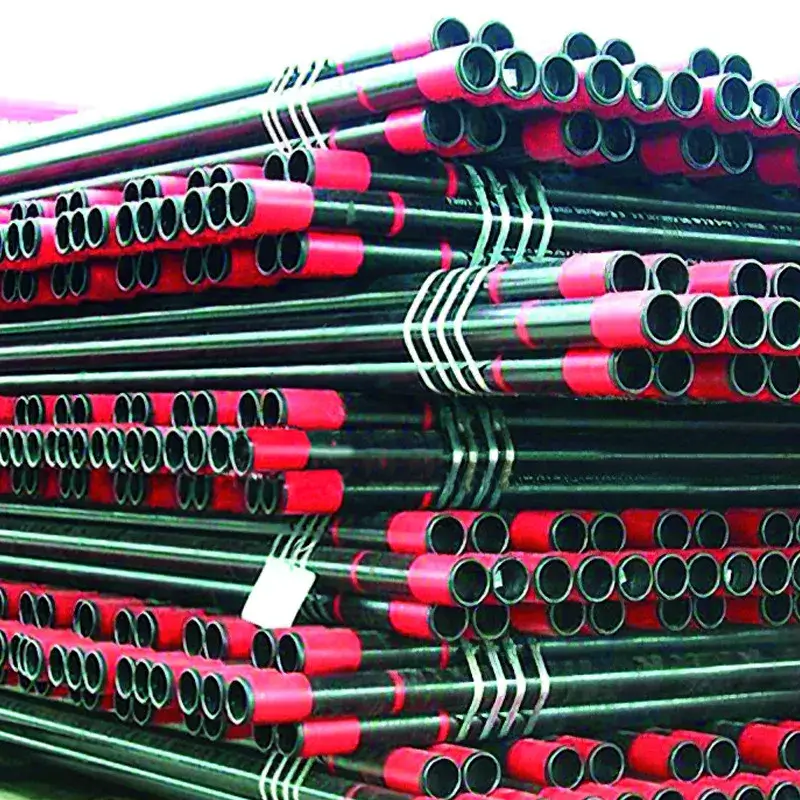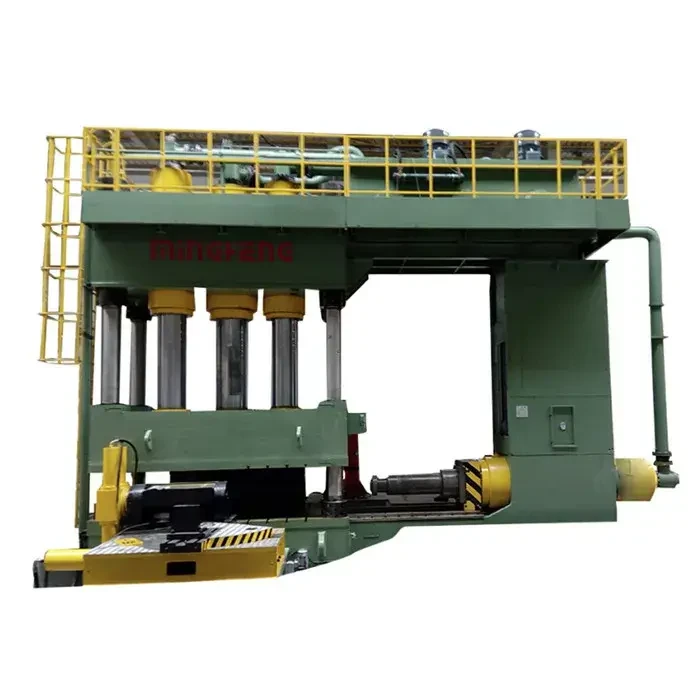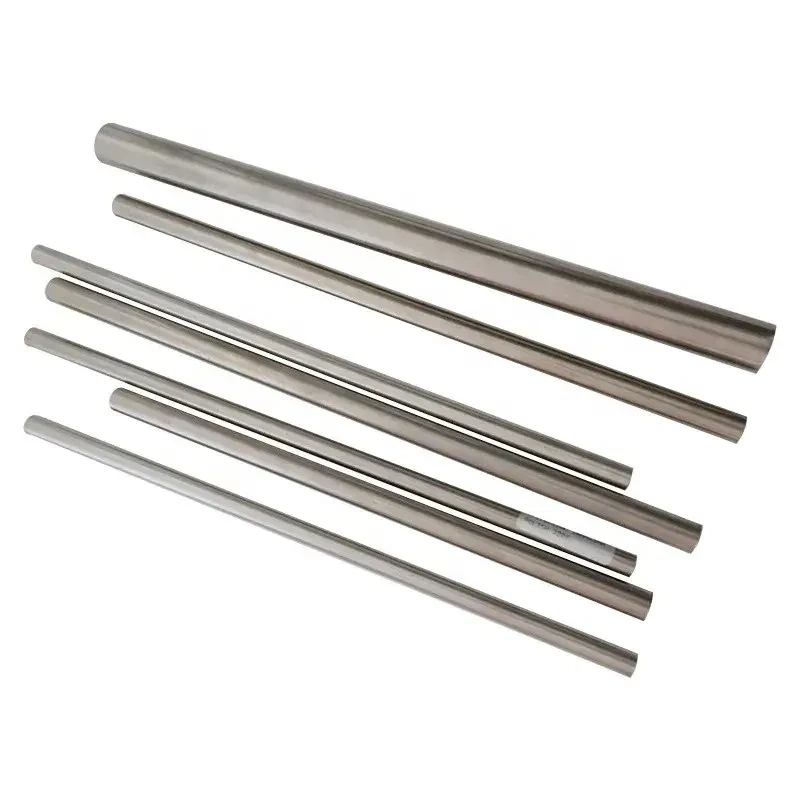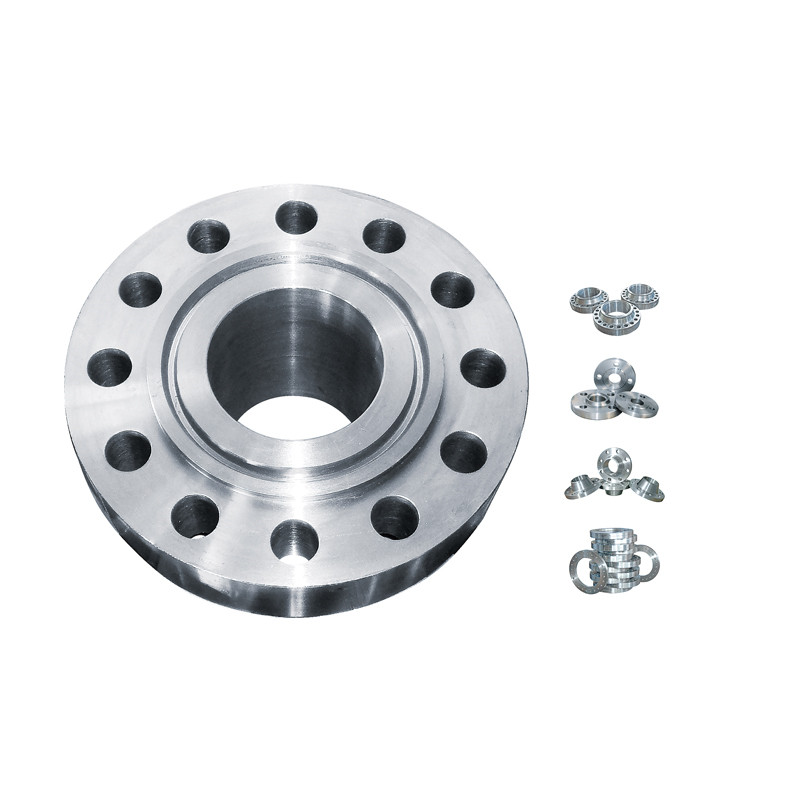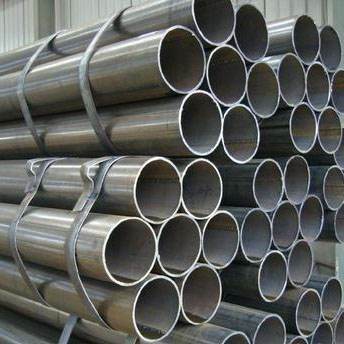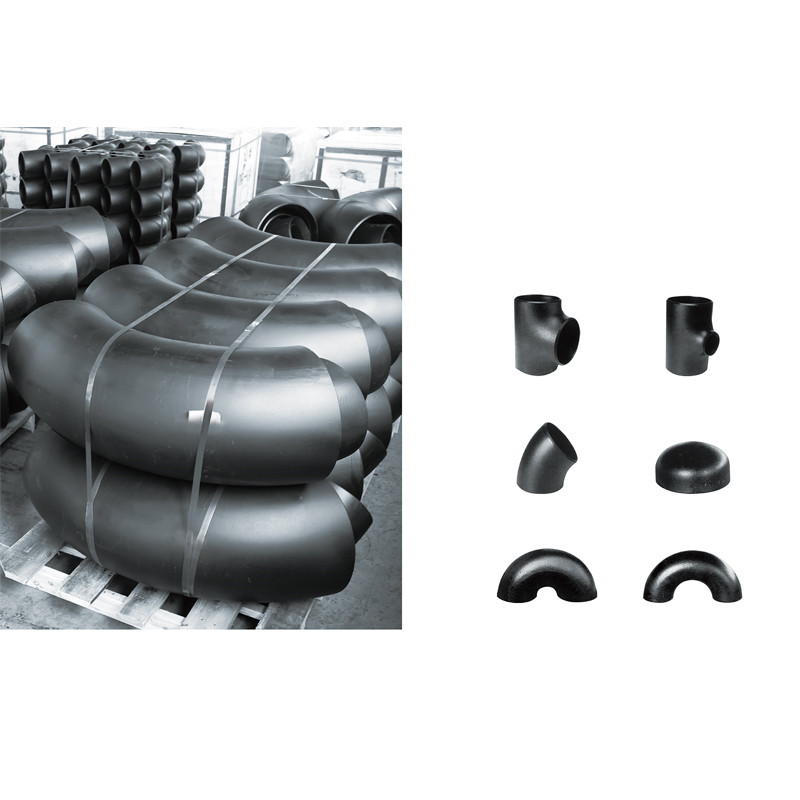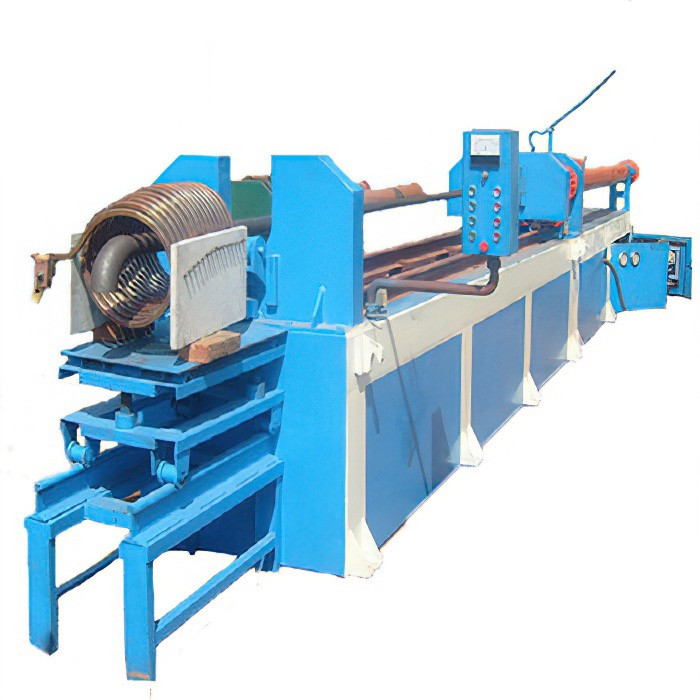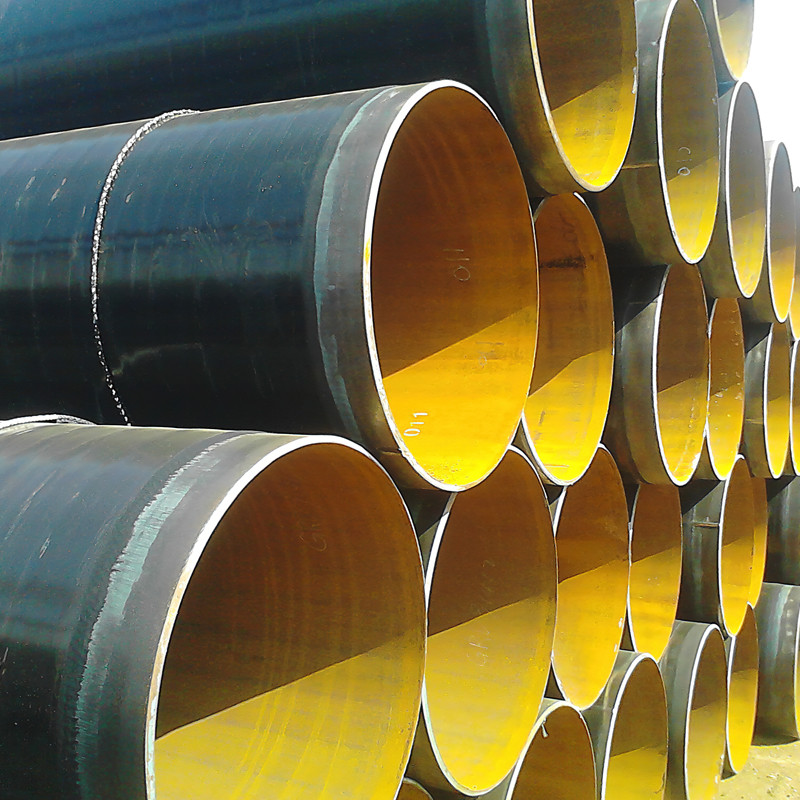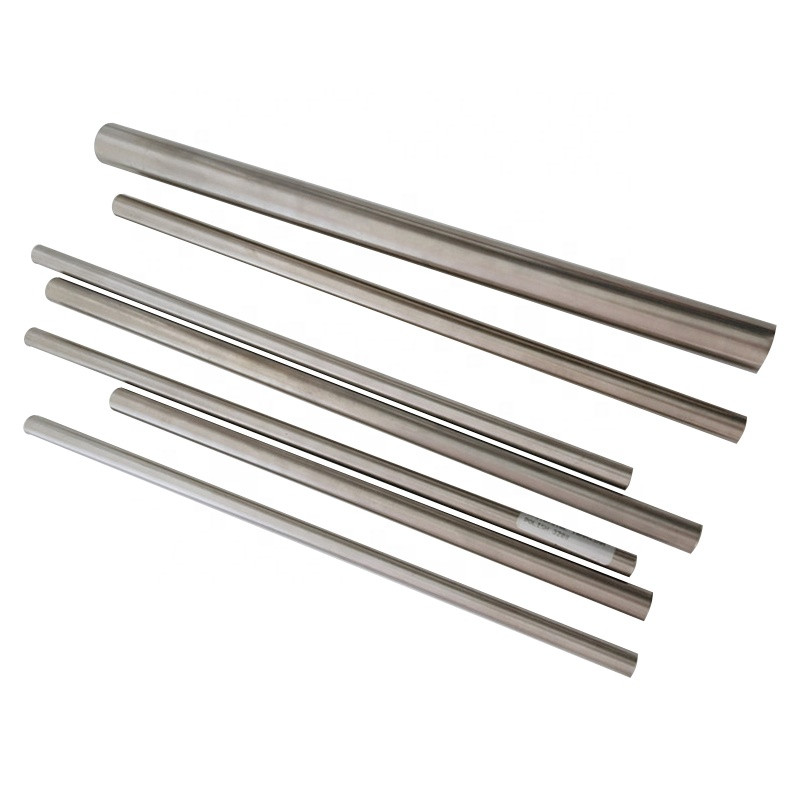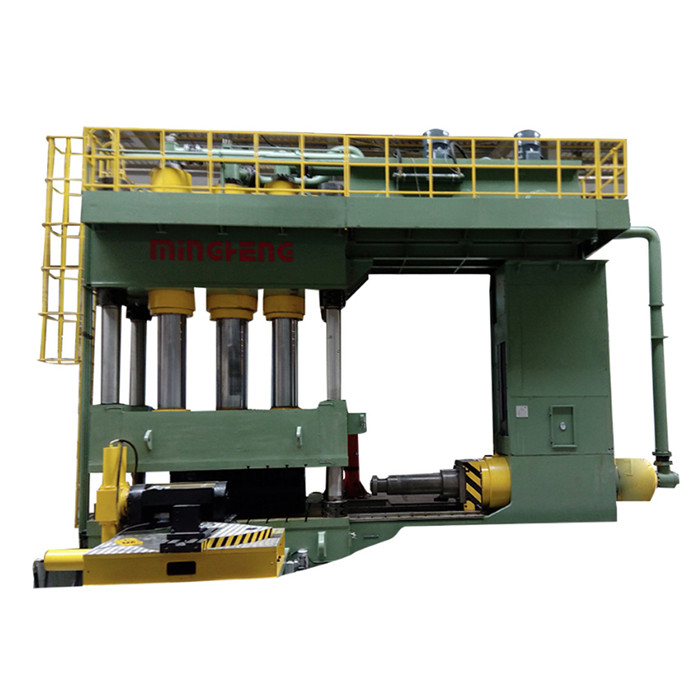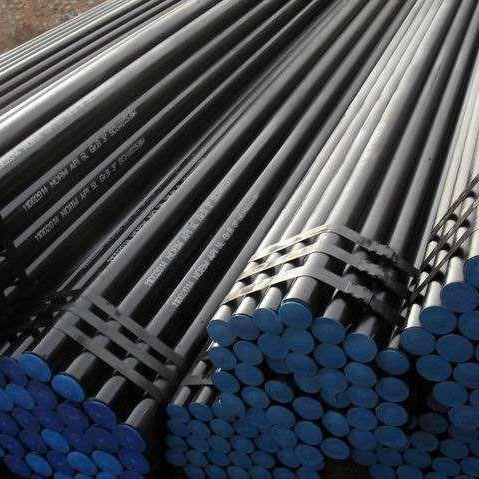Why Understanding the 1 Inch Threaded Metal Pipe Matters Globally
At first glance, the humble 1 inch threaded metal pipe might seem like just another small piece of industrial hardware. But don’t be fooled—it’s a crucial element driving global infrastructure, from water distribution to industrial constructions that run entire factories. Globally, pipelines carry 70% of water and many types of fluids essential to human welfare and industrial processes, according to the United Nations World Water Development Report (2023). Knowing the nuts and bolts (or threads and pipes) of these systems helps engineers select suitable components, ensure sustainability, and manage costs effectively.
What makes this particular pipe size so common? Its versatility and balance between strength and manageability — qualities that serve industries ranging from oil and gas to municipal water systems and disaster response initiatives. Let’s dig in, because understanding this small but mighty plumbing hero actually opens a window to global development efforts and industrial progress.
Global Importance and Industry Challenges
The global metal pipe market, valued at nearly $65 billion by 2023 (per ISO industrial standards reports), owes much of its growth to products such as the 1 inch threaded metal pipe. These pipes, threaded at their ends to allow connection without welding, make assembly and disassembly much faster and safer in the field. Here’s the challenge: industrial projects today demand piping solutions that can be deployed rapidly, resist corrosion, and conform to tight specs — all while balancing tight budgets and environmental regulations.
For example, in rapidly urbanizing countries, water infrastructure is being stretched thin. The ability to quickly replace or extend sections using uniform, threaded pipes is vital. Similarly, in remote oil exploration sites, downtime costs are enormous. The modular nature of threaded pipes can mean the difference between a stalled pipeline and a smoothly running operation.
Mini takeaway:
- The 1 inch threaded metal pipe is integral to efficient, cost-effective infrastructure worldwide.
- Its design addresses challenges like quick installation and maintenance under harsh or remote conditions.
What Exactly Is a 1 Inch Threaded Metal Pipe?
Simply put, a 1 inch threaded metal pipe is a cylindrical metal conduit, with external (or sometimes internal) screw threads at each end that allow it to connect securely to valves, fittings, or additional pipe segments. The "1 inch" refers to the nominal internal diameter—though the actual diameter can be a hair smaller or larger depending on standards.
Mostly made of steel, stainless steel, or sometimes galvanized iron, these pipes carry liquids, gases, or solids in industrial settings. Their threaded ends mean assembly doesn’t require high-tech welding tools—just wrenches and thread sealant. That makes them extremely useful in both industrialized and resource-limited environments.
Additionally, their role in humanitarian and disaster relief contexts shouldn’t be overlooked; being able to rapidly deploy clean water lines can save countless lives, for example after floods or earthquakes.
Mini takeaway:
- 1 inch threaded metal pipes join via screw threads for easy connection.
- They're widely used for transporting liquids and gases.
- Their versatility makes them essential from factories to disaster zones.
Key Factors That Make the 1 Inch Threaded Metal Pipe Tick
Durability and Strength
These pipes are often exposed to harsh environments—industrial chemicals, pressure fluctuations, temperature swings. High-grade steel alloys, galvanization, or stainless materials are chosen for corrosion resistance and mechanical integrity.
Ease of Installation
The threaded design speeds up assembly without specialized welding equipment—crucial for field work or modular setups. This reduces labor costs and downtime, which can be huge factors especially in oil fields or municipal repairs.
Cost Efficiency
Balancing durability with affordability keeps these pipes popular. Threads add some cost but offset welding and rework expenses. Also, reusability of components means lower long-term costs.
Scalability and Compatibility
Standardized threading means these pipes mingle well with a vast range of fittings and other equipments worldwide. Scalability ranges from DIY water systems to sprawling industrial plants.
Safety and Compliance
When carrying potable water or hazardous materials, meeting ISO, ASTM, or other certifications ensures health and safety standards.
Mini takeaway:
- Durability and corrosion resistance ensure longevity.
- Threaded ends simplify installation and maintenance.
- Cost and compliance factors drive industry adoption.
Global Applications & Real-World Use Cases
What really fascinates me is how these pipes pop up everywhere—from skyscraper plumbing in New York to irrigation in Kenya’s arid regions. Let me share a few snapshots:
- Urban Water Networks: Cities replace rusted lines with threaded steel pipes for quick turnarounds on supply disruptions.
- Oil and Gas Industry: Drilling operations often rely on 1 inch threaded pipes in hydraulic systems and fuel transport lines.
- Disaster Relief: NGOs deploy portable water lines that hinge on these pipes for rapid assembly in refugee camps or flood zones.
- Remote Industrial Zones: Mining companies use threaded pipes because they can repair damaged lines quickly with basic tools.
Mini takeaway:
1 inch threaded metal pipes serve critical roles spanning continents and industries supplying everything from drinking water to industrial gases.
Advantages & Long-Term Value
The sustained demand for these pipes makes a lot of sense when you consider their combined benefits:
- Cost Savings: Reduced labor and downtime, plus reuse of parts, mean significant financial savings over years.
- Environmental Considerations: Durability means pipes last longer, reducing waste and heavy metal corrosion issues.
- Safety & Trust: Reliable sealing avoids leaks of hazardous substances, protecting people and ecosystems.
- Innovation Potential: Threaded metal pipes adapt easily to modern sensors and automation tech for smart infrastructure.
From a human perspective, knowing that water pipes won’t burst and that repair crews won’t be stuck for days gives communities a certain peace of mind. It feels like a small thing, but—oddly enough—reliable piping is foundational to dignity and safety everywhere.
Product Specification Table
| Specification | Details |
|---|---|
| Nominal Diameter | 1 inch (approx. 25.4 mm) |
| Material Options | Carbon Steel, Stainless Steel, Galvanized Iron |
| Standard Thread Types | NPT (National Pipe Thread), BSP (British Standard Pipe) |
| Pressure Rating | Up to 300 psi (depends on material and grade) |
| Temperature Range | -20°C to 150°C |
| Typical Lengths | 1 ft, 2 ft, 3 ft, custom lengths available |
Vendor Comparison
| Vendor | Material Quality | Price Range (per pipe) | Lead Time | Certifications |
|---|---|---|---|---|
| Alpha Steel Co. | High-grade carbon steel | $15 - $20 | 2 weeks | ISO 9001, ASTM compliant |
| Global Pipe Works | Stainless Steel 304 | $18 - $25 | 1 week | ISO 14001, FDA approved |
| EcoPipe Solutions | Galvanized Iron (environment friendly coating) | $12 - $18 | 3 weeks | RoHS certified |
Looking Ahead: Trends and Innovations
Looking forward, I’m seeing increasing integration of smart technology into piping systems. Sensors embedded in the metal pipes monitor pressure, temperature, and even detect leaks before they become disasters. Also, materials science is pushing for lighter yet stronger alloys and non-metallic composite threaded pipes that can resist corrosion far better.
Green energy investments are similarly leading to innovations—solar-heated water lines and pipes designed for hydrogen transport use the same threaded standards but require new material resilience. And the boom in 3D printing means custom fittings and even pipes may one day be manufactured onsite, minimizing shipping emissions.
Common Challenges and Clever Solutions
That said, no product is perfect. The 1 inch threaded metal pipe does sometimes fall victim to thread wear, cross-threading, and leaks if installed poorly. Corrosion in aggressive industrial settings remains a headache despite coatings.
But many engineers fix this by using anti-seize thread compounds, strict cleaning protocols before assembly, or switching to stainless steel in critical zones. Regular inspection with handheld ultrasonic tools can identify weak points early.
Ultimately, knowledge and precision win the day.
FAQ About 1 Inch Threaded Metal Pipe
- Q: What thread standard is most common for a 1 inch threaded metal pipe?
- A: The most common thread standards are NPT (National Pipe Thread) in North America and BSP (British Standard Pipe) in many international markets. Choose based on regional compatibility and project requirements.
- Q: How do I prevent leaks when connecting these pipes?
- Use proper thread sealants like Teflon tape or pipe dope, tighten connections to manufacturer spec, and ensure threads are clean and undamaged. Avoid over-tightening, which can damage threads.
- Q: Are 1 inch threaded metal pipes suitable for high-pressure systems?
- Yes, depending on material and grade, they can handle pressures up to around 300 psi or more. Always check manufacturer specs and safety margins for your application.
- Q: Can these pipes be reused after disassembly?
- In many cases, yes. Threaded metal pipes can be disassembled and reused if threads remain undamaged and seals replaced. Proper handling is key to longevity.
- Q: How can NGOs source these pipes internationally for relief projects?
- Many vendors offer international shipping and certification paperwork. Work with suppliers familiar with humanitarian logistics and prioritize standardized thread types to ensure compatibility worldwide.
Wrapping It Up: The Last Word on 1 Inch Threaded Metal Pipes
So here we are, looking at a tiny but critical piece of the global infrastructure puzzle. The 1 inch threaded metal pipe embodies a balance of strength, flexibility, and cost-efficiency that's hard to beat. Whether it's fueling a power plant in Europe, delivering potable water in Asia, or keeping relief efforts steaming in disaster zones, these pipes connect much more than just pipes—they connect people, processes, and progress.
If you're involved in infrastructure, construction, or supply chain management, you owe it to yourself to explore these solutions more deeply. The devil is in the details, after all.
Visit our website for a full range of high-quality 1 inch threaded metal pipes and expert guidance https://www.world-steelmaterial.com.
References
Post time: Nov . 19, 2025 11:00



